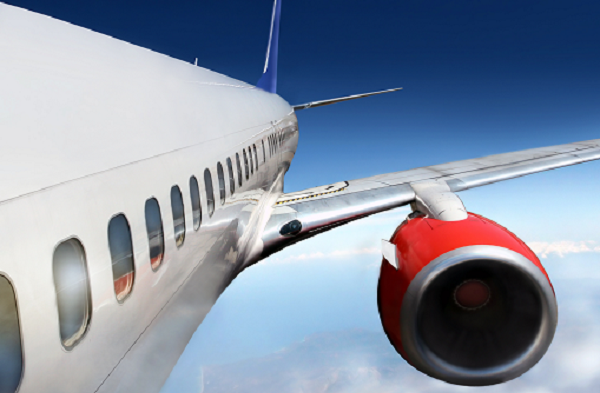Maintenance Programme Approval Requirements for RVSM
Sofema Aviation Services www.sassofia.com takes a look at the requirements to ensure the Maintenance Program is correctly configured for Reduced Vertical Separation Minima (RVSM)
Introduction
This approved maintenance program shall identify all aircraft components required for RVSM together with scheduled requirements.
These components have been identified by the aircraft manufacturer and should be listed to include a List of aircraft components required for as identified by the aircraft manufacturer or authorization vehicle (STC, SB, etc.)
Identification of maintenance/Inspection Items related to the specific aircraft.
Note: The maintenance requirement for RVSM equipment is typically outlined in the manufacture manuals and or Service Bulletins
To ensure the continued altitude keeping ability of RVSM approved aircraft the following must be accomplished: (example only)
1. A repetitive Skin-Contour Inspection (Skin Mapping) in the area of the Pitot & Static Sensors at intervals not to exceed 24 Months.
2. A functional test of the Air Data Computers in accordance with Aircraft Maintenance Manual (AMM).
3. Altimeter 24 Month interval inspection I.A.W Aircraft Maintenance Manual (AMM)
4. An inspection of the automatic flight control system to include the altitude hold function per the AMM (Includes Digital Automatic Flight Control System) This test ensure serviceability of the Digital Flight Guidance Computer and the Digital Air Data Computers.
5. The Altitude Alert System Function Checked I.A.W Aircraft Maintenance Manual (AMM)
6. An inspection of the ATC/Mode C and Mode S transponders will be conducted in accordance with Aircraft Maintenance Manual (AMM) at 24 month interval.
Maintenance Practices
To ensure the continued altitude keeping ability of RVSM approved aircraft the following practices must be accomplished:
Avionics components of identical part number may be interchanged freely during the service lifetime of this airframe.
If alternate equipment part numbers are to be installed, the units must be analysed on a system level to determine if the new components are acceptable for RVSM.
NOTE: The TC or STC holder will make this determination.
Prior to all flights in RVSM airspace, the operator must visually inspect the RVSM Critical Region for obvious damage or deformation to the skin surface.
Airframe and static systems should be maintained in accordance with the airframe manufacturer’s inspection standards and procedures, and instructions for continued airworthiness if applicable.
Any modification, repair, or design change, which in any way alters the initial RVSM approval, should be subject to a design review.
Next Steps
Follow this link to our Library to find & Download related documents for Free.
Sofema Aviation Services offers regulatory and vocational training compliant with EASA requirements in several operational areas including RVSM for more details please see the website or email team@sassofia.com





